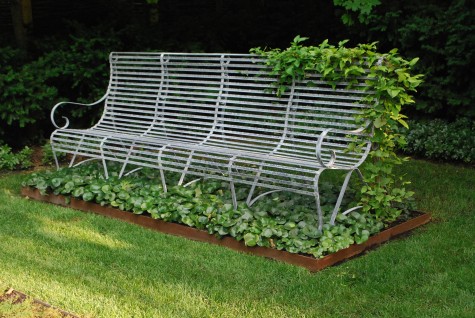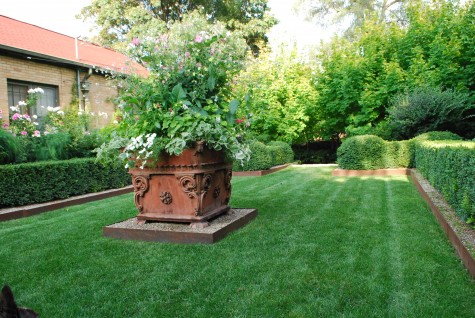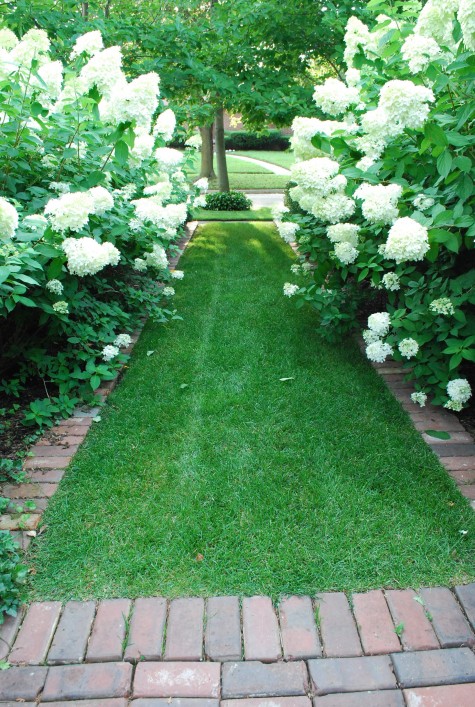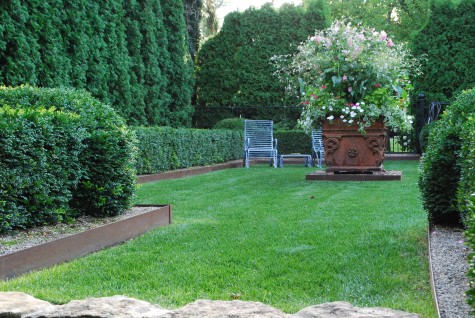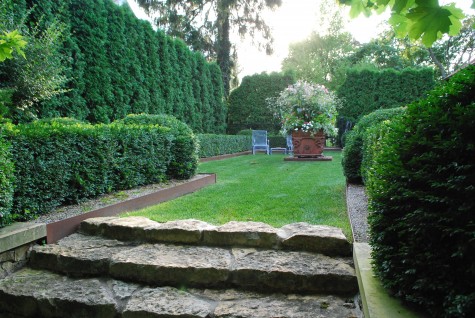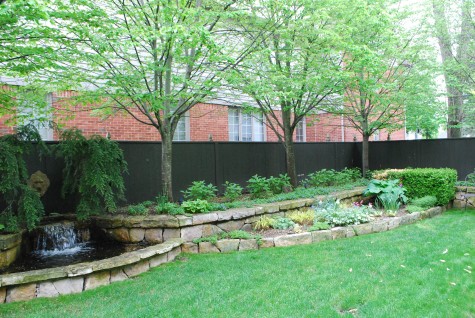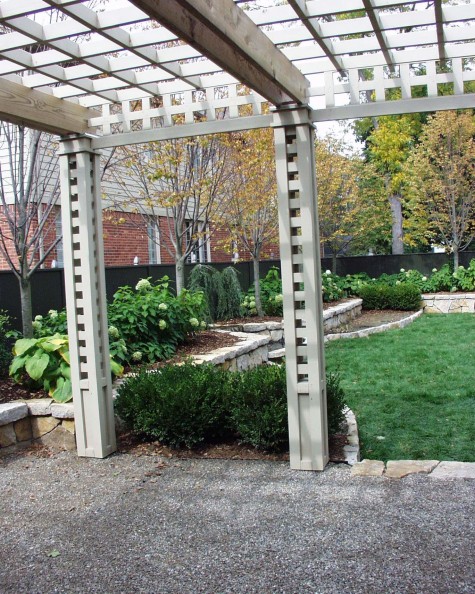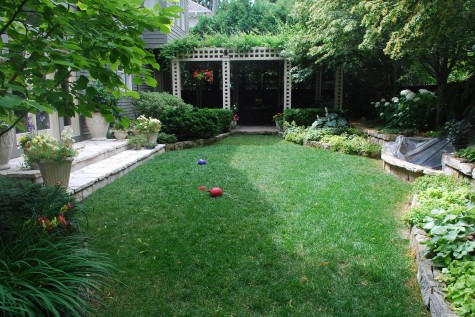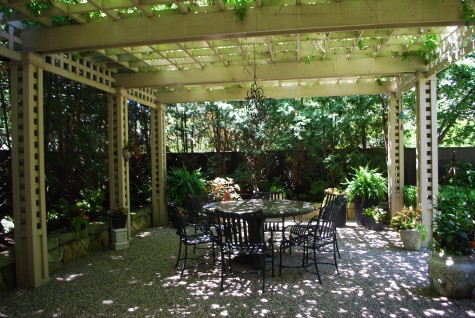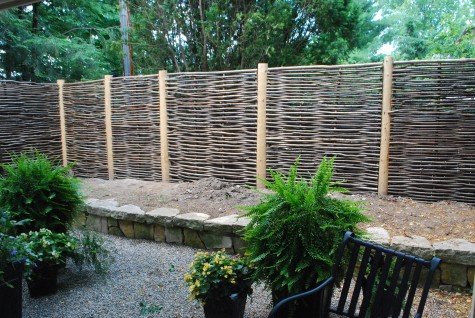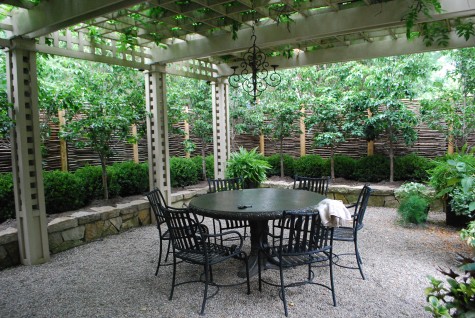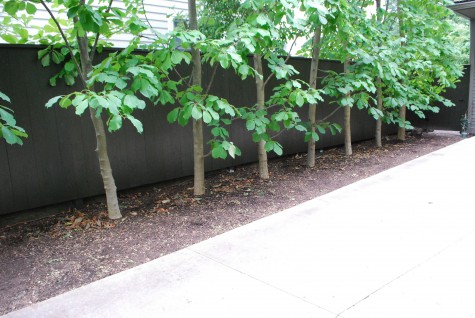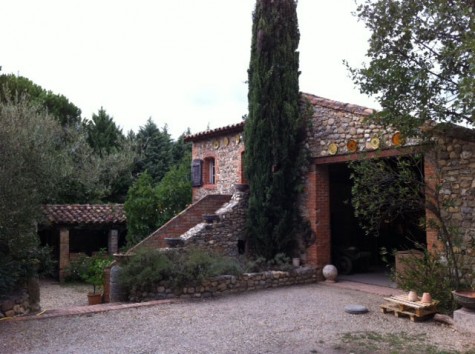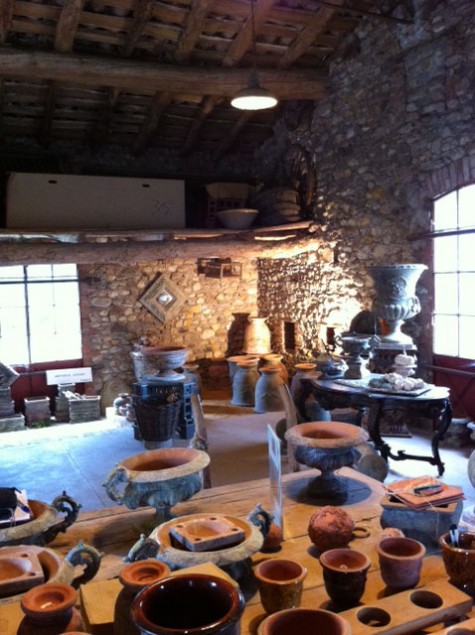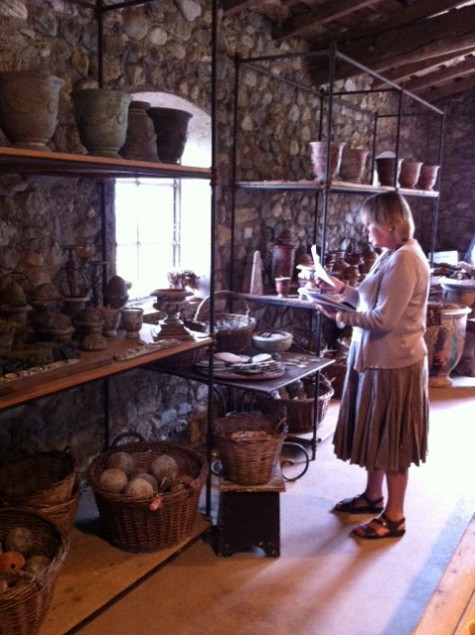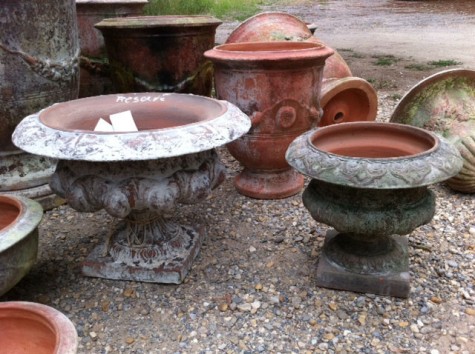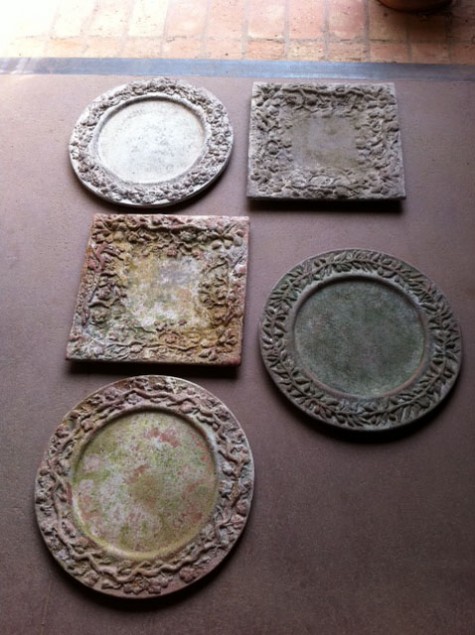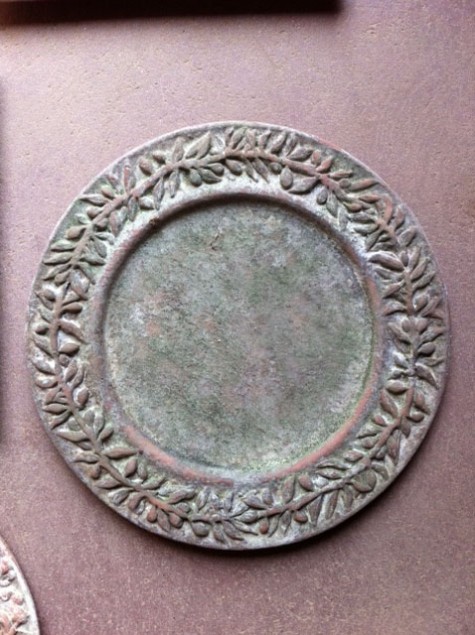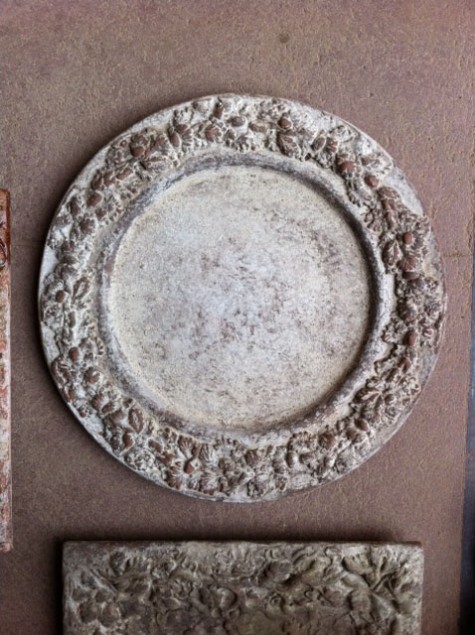Not every day do I need to look at a drift of hellebores blooming, or a yellow magnolia in its glory. I don’t always require a succession of perennials, blooming. Some days are just much simpler than that. My grass gets cut on Fridays. Some Fridays I barely notice. Some weeks the weather has been wet, and the cut is ragged and too long. Some weeks there is no rain, and the grass looks flat out parched rather than mowed.
I do not entertain that much. In early summer, almost never; I am too tired after working all day. July of this year was so brutally hot, I was only outside long enough to soak my pots. Our very hot weather has moved on to some other part of the world; we have had regular rain. We have begun having friends to dinner in the garden again.
On those nights, I am glad for the delphiniums, the roses and asparagus representing, the lush stands of ferns, the fountain jets making their music, the boxwood trimmed just so, the balmy temperatures- This is any gardener’s idea of first class entertainment. I like my garden to entertain my company; that they have a good time gives me pleasure. All of the visual punch I can muster makes a garden a visual getaway for dinner guests.
But there are those nights when I come home with a less vigorous agenda in mind, and perhaps more in need of nothing more demanding than that closely and simply cropped plane of green grass. Not every day calls for a party with some plant or another popping or holding forth.
My grass is one of my favorite perennials. By no means do I have acres of it-a few small green grass sheets is more like it. It endures the corgis, the drought, the heat and the cold with aplomb. As for care, I water when it needs it; it gets cut once a week. You can tell from this picture that we have had rain. There is no substitute for water from the sky.
As for my experience of the garden, a lush lawn still perfumy from the mowing is a pleasure of a quiet sort. When the grass is green good, and neatly cut, everything else in the garden looks better. The grass is the lowest, and quietest place in my garden. It is a shock and sound absorber. Properly watered grass gives underfoot.
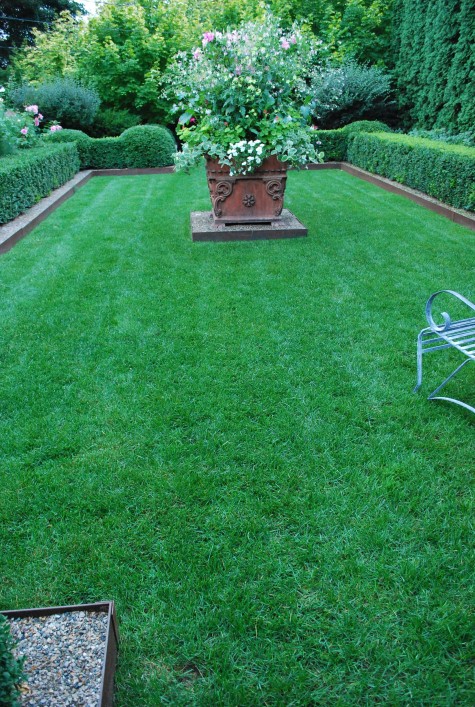 Lowering the lawn plane 8 inches, and retaining the soil with steel edging was my way of making that grass plane an important visual element of the landscape. This grass is not what was left over after the landscape beds were made-it is a feature. Any plant or element in a garden gets visual importance from how it is handled. Long ago when I had acres, I featured the grass plane by how and where I mowed.
Lowering the lawn plane 8 inches, and retaining the soil with steel edging was my way of making that grass plane an important visual element of the landscape. This grass is not what was left over after the landscape beds were made-it is a feature. Any plant or element in a garden gets visual importance from how it is handled. Long ago when I had acres, I featured the grass plane by how and where I mowed.
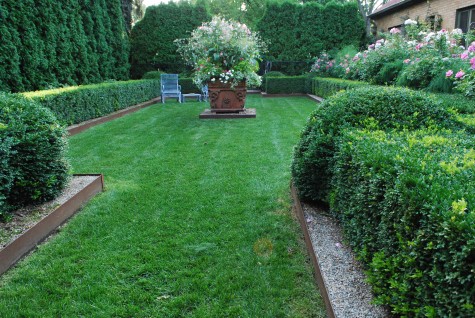 My grass is not what I would call lawn. It has weeds, bald spots, piddle burn, corgi claw marks-all the usual scars. This does not bother me in the least. Neatly cut and green is all I need.
My grass is not what I would call lawn. It has weeds, bald spots, piddle burn, corgi claw marks-all the usual scars. This does not bother me in the least. Neatly cut and green is all I need.
The corgis have an especially good view of the grass; their legs are barely 8 inches long. My lower level garden permits a corgi-eye view of the lawn plane of the upper level. This is just one of the reasons how a change of level in a garden can delight the eye.
